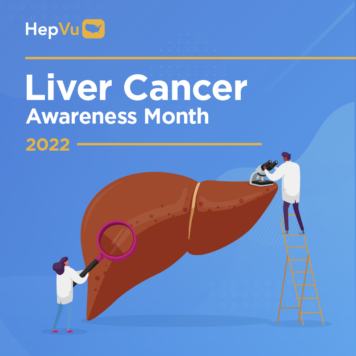Dr. Mark Sulkowski is a Professor of Medicine at the Johns Hopkins University School of Medicine and the Director of the Division of Infectious Diseases Johns Hopkins Bayview Medical Center. He also serves as the Medical Director of the Viral Hepatitis Center in the Divisions of Infectious Diseases and Gastroenterology/Hepatology in the Department of Medicine.
Much of your research explores the relationship between HIV, viral hepatitis, and liver disease. What drew you to this line of work?
As an infectious disease fellow at Johns Hopkins, I saw the magnificent impact of highly effective antiretroviral therapy, literally saving the lives of people with HIV in our clinic and our inpatient unit. I was fortunate to work with Dave Thomas who at the time was doing groundbreaking work on the epidemiology of hepatitis C, finding co-infection in more than half of the people in our HIV clinic. Early in this new era, we recognized that as antiretroviral therapy extended the lives of people with HIV, liver disease due to hepatitis C and B virus co-infection would emerge as a major cause of morbidity and mortality. We had to do something to stem the looming viral hepatitis ambush.
For our non-technical audience, could you outline the relationship between viral hepatitis and liver cancers, and why it is such a challenging yet important medical issue to tackle?
Primary liver cancer, or hepatocellular carcinoma (HCC), occurs when liver cells, or hepatocytes, become cancerous with uncontrolled growth. Liver disease due to any cause, including hepatitis B and C, can lead to a badly damaged liver with abundant scarring known as cirrhosis from which cancerous hepatocytes emerge. In addition, hepatitis B virus infection can lead to liver cancer independent of cirrhosis, in part through the integration of viral DNA into human DNA, triggering transformation of the liver cell. Hepatitis C and B are known as oncogenic viruses because they lead to hepatocellular carcinoma which impacts about 500,000 people globally each year. HCC is particularly problematic because people who are diagnosed late tend to progress quickly with a high death rate. Fortunately, treatment of hepatitis B and curative treatment of hepatitis C lowers the risk of cancer, and surveillance with liver ultrasound can lead to early detection, leading to good outcomes.
Is the management of viral hepatitis different for people living with HIV? If so, can you briefly describe how it differs?
We used to refer to this as double trouble. Due to shared modes of transmission, people with HIV are more likely to be infected with hepatitis C and B, and once infected, more likely to develop progressive, life-threatening liver disease. Fortunately, antiviral therapy for hepatitis C and B work exceptionally well in people with HIV, leading to a hepatitis C cure and hepatitis B suppression rates like those observed in people without HIV. All people with HIV must be screened for viral hepatitis. If co-infection is found, hepatitis C and B infection must be treated. If it’s not present, we recommend prevention, stressing hepatitis B vaccination and harm reduction strategies.
In a 2019 study, you and your colleagues argued that hepatitis C elimination among people living with HIV is contingent on closing gaps in the HIV continuum. Can you expand upon your findings and what they tell us about the work that still needs to be done to reach hepatitis C elimination?
In our clinic at Johns Hopkins, we found that people with active hepatitis C infection were the same people with incompletely treated HIV. In other words, the barriers to successful HIV treatment are also barriers to hepatitis C cure. We need to develop strategies to treat both viruses, HIV and hepatitis C, leveraging resources and programs designed for HIV treatment and prevention to include hepatitis C. Importantly, hepatitis C treatment, which is curative in 8 to 12 weeks, may open the door to longer antiretroviral therapy. We think it’s important to treat the person with the HIV and hepatitis C infection, not one virus or the other.
October is Liver Cancer Awareness Month and HepVu is working to increase public awareness about the link between viral hepatitis and liver cancer. What message do you want to share with the community in observance of Liver Cancer Awareness Month?
Liver cancer due to hepatitis B and C can be prevented. The key is to diagnose people with the infection early before liver disease progresses, providing an opportunity to treat with antivirals and, when recommended, surveil for liver cancer with an ultrasound. Hepatitis B and C prevention and screening saves lives!




